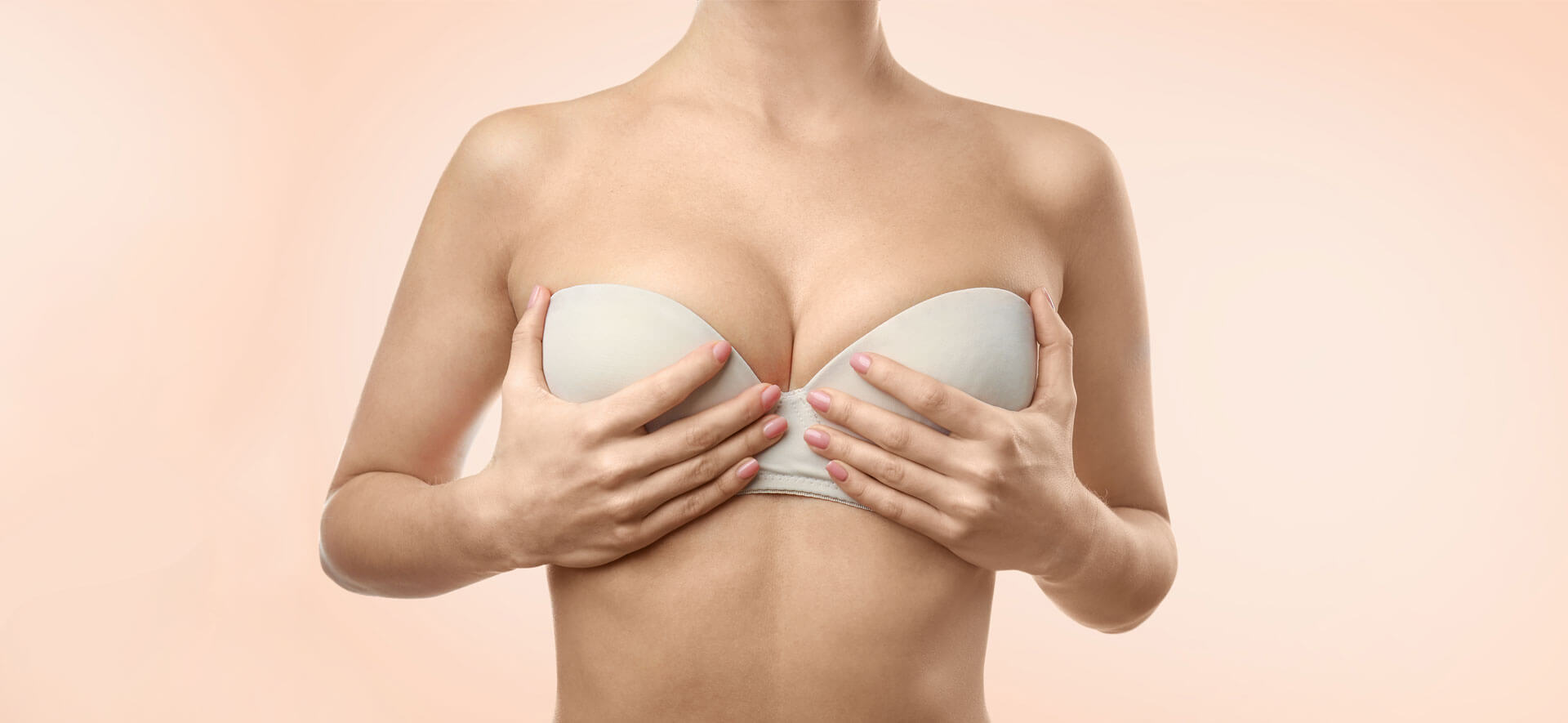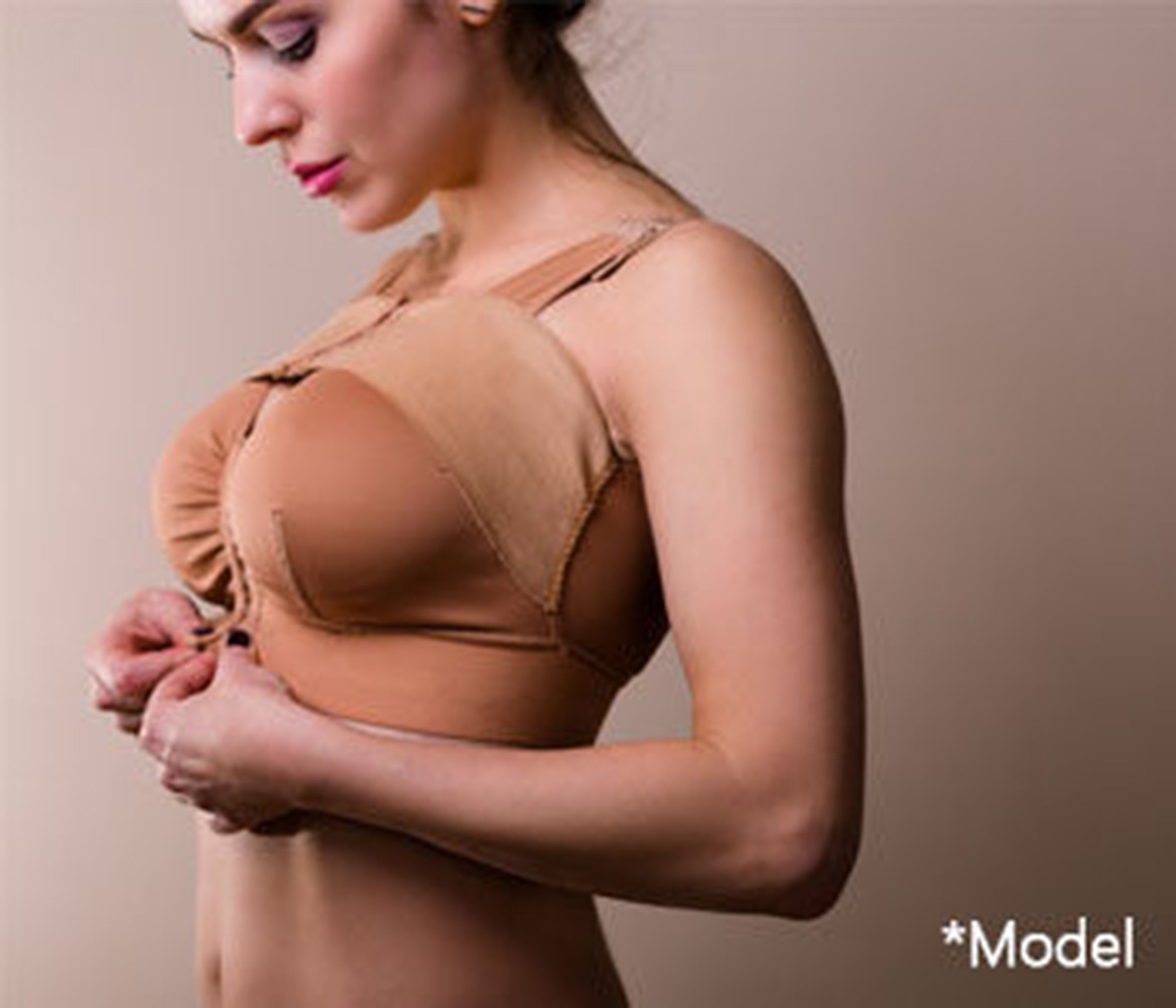Breast Reconstruction Beverly Hills
Women often choose to have breast reconstruction in Los Angeles after mastectomy for breast cancer. Studies have shown that women that undergo breast reconstruction have more self-confidence, improved emotional well-being, renewed body image, and an improved sense of femininity.
The goal of breast reconstruction is to create a breast mound with a nearly natural shape, size, and appearance. You should be able to go out into public with normal clothes on and feel confident that people will not be able to tell that you had a mastectomy. However, the reconstructed breast will never look or feel the same as your natural breast and you will always have scars on or around the new breast.
It is important to notify your oncologist and general surgeon that you are considering breast reconstruction after mastectomy. This topic should be discussed early after your diagnosis, so that it can be incorporated into your overall treatment plan. Breast reconstruction is performed by a plastic surgeon. Your plastic surgeon can perform breast reconstruction at the time of your mastectomy, or it can be performed in a delayed fashion—months or years later.
The Women’s Health and Cancer Rights Act requires health plans to cover breast reconstruction after mastectomy. Coverage includes all stages of breast reconstruction and revisions of breast reconstruction. Coverage also extends to surgery on the opposite (non-cancer) breast in order to achieve improved symmetry.
There are 2 major types of breast reconstruction: breast implant based reconstruction and flap reconstruction using your own tissue. The options for type breast reconstruction may be limited by your specific cancer treatment plan or your anatomy. Often times, you will be able to choose the type of reconstruction that you want. Women often choose implant based reconstruction when they want a smaller surgery and a shorter recovery time. Some women choose to use their own tissue for breast reconstruction, to avoid having an implant.
Types of Breast Reconstruction in Los Angeles
This overview will discuss the most commonly performed breast reconstruction procedures.
Implant Breast Reconstruction:
A tissue expander (adjustable saline implant) is placed underneath the pectoralis muscle. Additional saline is added to the tissue expander on a weekly basis during your office visits until the tissue expander has reached a desirable volume. The expander is then replaced with a saline or silicone implant. The surgery to place the implants is rather short. The recovery and hospital stay is also relatively short. The expansion process takes about 2-3 months. The surgery to replace the tissue expander with a final implant is performed as an outpatient and the recovery is usually very quick.
Autologous Flap Breast Reconstruction:
Autologous flap reconstruction refers to breast reconstruction using your own tissue. The most common tissue used for breast reconstruction is the lower abdominal tissue or back tissue, and these are called the donor sites.
The latissimus flap uses the skin and fat from your back and the latissimus muscle to reconstruct the breast. The flap is tunneled under the skin in your armpit, in order to transfer the tissue from your back to your chest. You will most likely need an implant under the flap to get a better shape.
The pedicled TRAM flap uses the lower abdominal skin, abdominal fat, and the rectus muscle to reconstruct the breast. The flap is tunneled under the skin and maintains its own blood supply.
The final abdominal scar is slightly higher than that of a tummy tuck. The free TRAM flap also uses the lower abdominal skin, abdominal fat, and the rectus muscle to reconstruct the breast, however instead of tunneling this tissue, the tiny blood vessels are attached to recipient blood vessels in the chest or armpit using an operative microscope. A DIEP flap is similar to a free TRAM flap except the rectus muscle is spared, so you will maintain more abdominal wall strength. This is typically a longer surgery and requires a longer hospital stay.
Additional Revisions
After you have healed from your initial breast reconstruction surgery you may consider some additional procedures to improve your final results.
- Nipple reconstruction – to simulate a normal nipple
- Areolar tattooing – to simulate the natural pigmented area around the nipple
- Fat grafting – to improve the overall shape and contour of the reconstructed breast
- Liposuction – to improve the overall contour of the areas around the breast
Symmetry Procedures
Creating symmetry between the reconstructed breast and the natural breast can be challenging. Women with large breasts often need a breast reduction or breast lift on the opposite (non-cancer) breast to improve symmetry. Women with small breasts often need a breast augmentation on the opposite (non-cancer) breast.
Women with a history of breast cancer are at higher risk (compared to the general population) of developing breast cancer (in the opposite breast). We have seen a trend for women to request prophylactic mastectomy of the normal breast at the time of mastectomy for the breast with cancer, to reduce future risk of breast cancer. When both breasts have to be reconstructed at the same time, it is actually easier to achieve symmetry with reconstructive surgery, especially with implant based reconstruction. Ask your general surgeon about getting bilateral mastectomy.
Breast Conservation Surgery
Your breast surgeon may offer breast conservation surgery with lumpectomy (partial mastectomy) and radiation in order to maintain some of your own breast tissue. This type of surgery will often leave localized breast defects. Radiation therapy will cause permanent changes to the tissue and may further distort the breast. Partial mastectomy defects can be extremely challenging to reconstruct and radiation further limits your reconstructive options. Breast conservation surgery may be a good option if you have larger breasts, and your health precludes reconstruction, or if you are not interested in breast reconstruction surgery. It is always a good idea to get all of the information ahead of time, so that you can make a well informed decision.


















